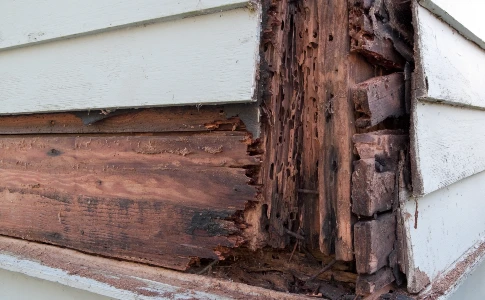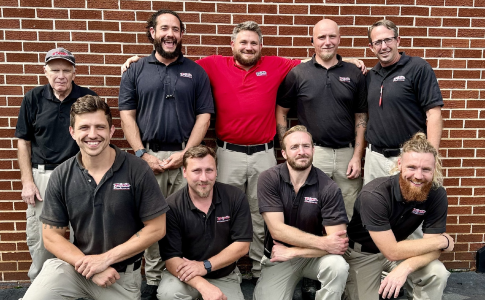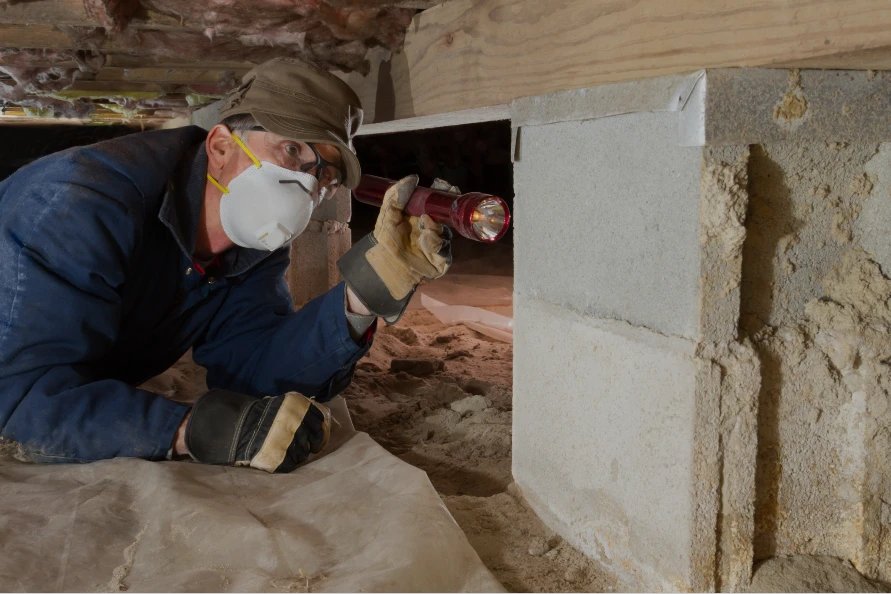Conditions Conducive to Infestation
In Structural Integrated Pest Management (SPM), most infestations are symptoms of construction, operation, maintenance, and sanitation deficiencies — not a lack of pesticide. This page focuses on finding and fixing those conditions.
Beyond “Sanitation”: Why the Term Matters
The chapter recommends describing problem factors as “conditions conducive to pest infestation” because the word “sanitation” has lost impact for many facility managers. The more descriptive term increases understanding and the likelihood of action during inspection-driven SPM.
What Counts as a Conducive Condition?
- Moisture & water intrusion (bulk water, retention, cladding/exterior wall failures).
- Harborages & access points (pipe chases, false ceilings, hidden ducts, conduits, voids, cracks and crevices, weep holes).
- Building maintenance problems (broken/rotted components, deteriorating systems).
- Improper storage & clutter (attics, garages, outdoor storage that attracts pests or blocks inspection).
- Perimeter/landscape practices (foundation plantings tight to cladding, over-mulched beds, overgrown vegetation adjacent to structures).
- Waste handling (outdoor garbage/storage that draws insects and rodents near living/working areas).
SPM addresses these factors with fix/seal repairs, perimeter modifications, customer coaching, and targeted pesticide use only when needed.

Moisture: The Core Ecological Driver
From the day a building is completed, deterioration begins. Bulk water and moisture cause component failures and create conditions favorable to fungi, bacteria, and insect pests. Managing intrusion and retention reduces suitability for infestation and supports SPM outcomes. See Moisture & Building Performance.

Perimeter & Landscape Interface
The interface where biotic soil/plant systems meet the foundation/cladding is a frequent driver of indoor pressure. SPM may include:
- Adjusting grade where appropriate.
- Setting back and trimming vegetation away from cladding.
- Using plant/mulch practices that discourage pest presence.
Learn more in Perimeter Modifications.
Sustaining Practices (Human Activities)
Occupant behaviors often sustain pest populations — for example, storage that creates harborages or practices that introduce or support moisture. Identifying who and what sustains conditions helps target effective changes. See Customer Education & Coaching.
Inspection, Mapping & Control Points
During the inspection, SPM documents conducive conditions on diagrams/floor plans to visualize origins, distribution, density, and movement through the building. This helps locate critical infestation control points — sites at greatest risk for entry or persistence where resources cluster. See Mapping & Documentation.

Prioritizing the First Two Actions
Effective SPM focuses customers on the one or two highest-impact issues first (for example, a moisture correction and a storage/harborage change). Addressing these unlocks faster, longer-term results; lesser items follow. See Customer Coaching.
Translating Conditions into SPM Actions
- Clean/Remove: eliminate debris and attractants that block inspection or reduce treatment effectiveness. (Inspection first)
- Fix/Seal: seal cracks/crevices, replace compromised components, install screens/door sweeps. (Fix & Seal)
- Perimeter Adjustments: grade, vegetation, mulch practices that reduce pressure. (Perimeter Modifications)
- Targeted Pesticides (when needed): no routine calendar applications; product choice matched to surfaces, moisture/grease, odors, and site sensitivity. (Pesticide-Use Policy)
- Documentation & Plan: baseline photos/notes and a written SPM plan with roles and timing. (Mapping & Documentation)

Frequently Asked Questions
What does “conditions conducive to infestation” mean?
Descriptive factors in, on, and around buildings that allow pests to persist — such as moisture problems, harborages/access points, storage/clutter, maintenance issues, perimeter landscaping close to cladding, and waste handling that attracts pests.
Why use this term instead of “sanitation”?
The chapter notes that “sanitation” has lost impact with many managers. “Conditions conducive to infestation” more clearly links building and behavioral factors to pest activity and prompts action.
Why is moisture emphasized?
Bulk water and retention drive building deterioration and create conditions that support fungi, bacteria, and insect pests. Managing moisture reduces suitability for infestation.
Which areas usually hide conducive conditions?
Common examples include pipe chases, voids, cracks, false ceilings, hidden ducts, over-mulched beds, overgrown vegetation adjacent to cladding, cluttered storage in attics/garages, and outdoor garbage/storage near entrances.
Will you still use pesticides?
SPM uses targeted pesticides only where and when needed, never on a routine calendar basis, and always matched to site conditions and sensitivity. See our Pesticide-Use Policy.
What will you ask me to change first?
We focus on the one or two highest-impact issues (often moisture correction plus a storage/harborage change). Lesser items follow after major issues are resolved. See Customer Coaching.
Related Pages
- Structural Integrated Pest Management (SPM)
- The First Step: Inspection
- Perimeter & Landscape Interface Modifications
- Fix & Seal: Practical Building Repairs
- Moisture & Building Performance
- Customer Education & Coaching
- Mapping, Documentation & the SPM Plan
- Targeted Pesticide Use (Not Routine Applications)
- Monitoring vs. Inspection
- SPM for Regulated & Audited Facilities
- Technician Training for SPM